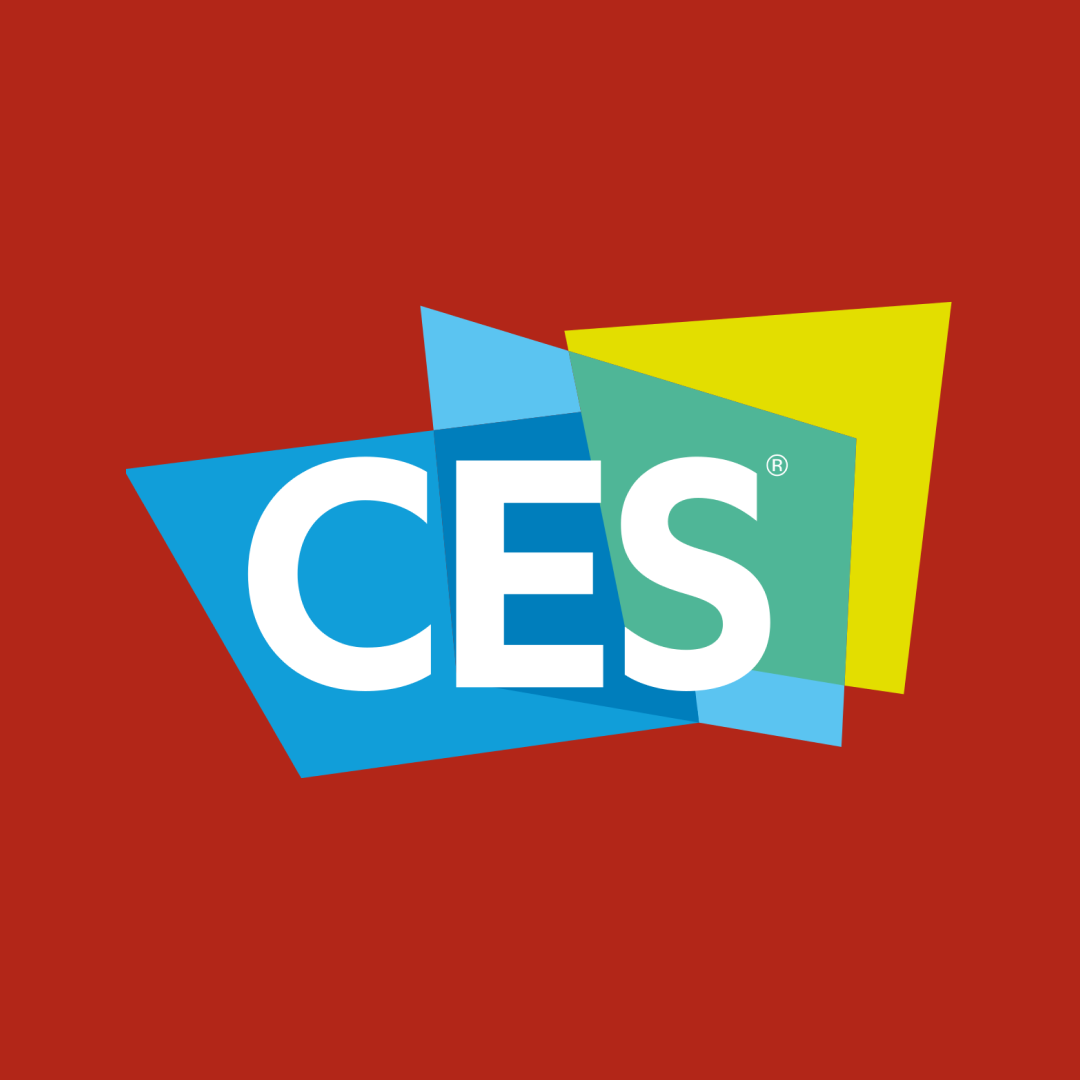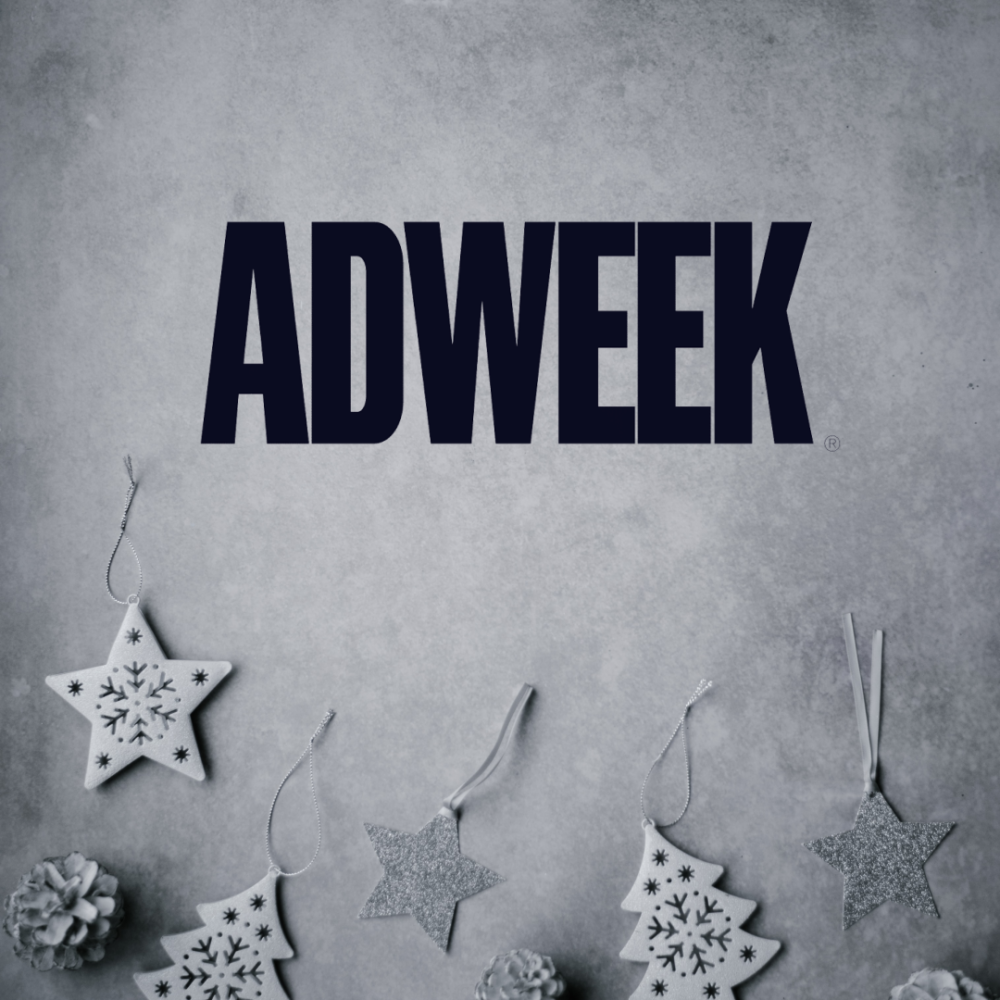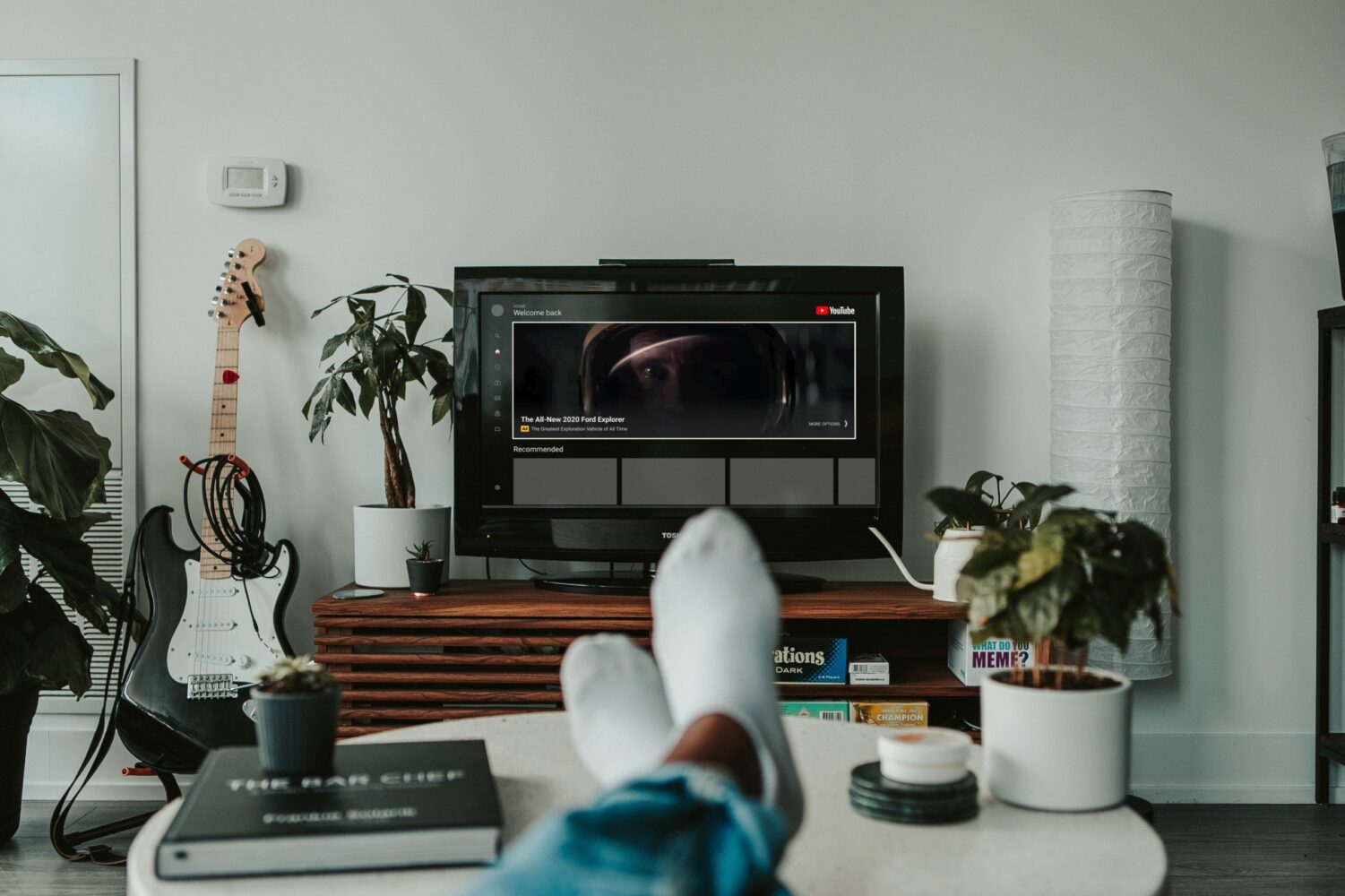Channel Factory’s global growth has fueled the need to ensure the company has an executive team in place to deliver against strategic goals. Adding to our leadership team is a part of our growth strategy to ensure we are creating the right leadership structure to continue to drive significant growth in EMEA, APAC, and the Americas.
In the US, we are promoting and hiring key members to the sales, strategy and client solutions teams to deliver the right strategies to our key advertisers. Channel Factory’s global growth has prompted new hires and promotions necessary to bolster the executive team in order to deliver against strategic goals and forward-looking visions. The key moves are outlined below:

Jed Hartman has been promoted to the role of President, Americas. He will be overseeing sales, marketing, and client solutions to create an end to end team capable of delivering comprehensive solutions for brands and agencies. Hartman joined Channel Factory in 2019 as Chief Commercial Officer, bringing experience leading commercial and revenue teams at Washington Post, Time Inc., and Dennis Publishing. He will now expand his remit to further drive growth in the Americas. Jed’s cutting edge experience across advertising, publishing and corporate brand strategy drive awareness, adoption, and customer satisfaction with global brands and agencies for Channel Factory. Jed lives in Connecticut with his wife, daughter, and dogs Archie and Allie.

Mattias Spetz now expands his management role and is President of EMEA and APAC. Mattias is a veteran of digital video innovation, building mobile-first digital video advertising products at Smartclip before YouTube even launched its first ad formats. Drawing on experience across the digital, OTT and broadcast TV ecosystem, Mattias joined Channel Factory to nurture what had been missing in his previous roles: using awesome technology and a strong team to improve the overall health and values of the digital video advertising ecosystem. When he’s not raising digital tides, he’s spending time with wife, two kids and friends watching ice hockey.

Jeremy Haft, Channel Factory’s Chief Revenue Officer, is responsible for accelerating the North American growth and revenue plans for Channel Factory and advancing the company’s sales approach, strategy, and new revenue streams. He joins Channel Factory in February 2021, moving from Amobee, where he served as SVP of Sales working across North American brands and agencies to consolidate cross channel media activation through programmatic solutions. Prior to Amobee, Haft helped build and scale businesses, transform sales strategies and amplify revenue growth for Viant, Visible Measures, Lotame, and MediaPost. Jeremy lives in New Jersey and in his spare time he enjoys traveling to tropical locations, cooking feasts with friends, and any new fitness trend he can get his hands on

Robin Zieme has been promoted to Chief Strategy Officer. The role will see Robin develop and execute strategic initiatives to drive further financial growth and client acquisition in line with the company’s overall vision. Robin is a true innovator, with roots across both the buy and sell side of the digital ad ecosystem. Robin’s deep experience includes running agency trading deals at Amobee and leading Adconion’s video efforts internationally and across North America. He now drives leading-edge advertising technology solutions, always creating new ideas and solving problems for Channel Factory. Robin helps build and create multinational opportunities and strike deals that help drive Channel Factory’s vision of creating a better digital video ecosystem for advertisers, users, and creators. Robin lives in the southern forests of Sweden with his wife and three children.

Jenny Chau has been promoted to Chief Solutions Officer. Jenny was previously SVP of Strategy and Client Operations. She joined Channel Factory in 2015. A digital technology industry veteran, Jenny oversees Channel Factory’s Client Solutions team. She is a media strategy guru that achieves client satisfaction across a wide variety of verticals and regions. Prior to joining Channel Factory, Jenny was busy refining her skills at major, award-winning agencies such as OMD, GroupM, and Horizon Media. Jenny lives in Los Angeles with her husband, two kids Mia and Teddy, as well as their dogs Shortie and Peanut. When she’s not ensuring Channel Factory’s clients are receiving superior outcomes, she’s cooking and doing arts & crafts with Teddy, building forts and playing peekaboo with Mia.

Eren Pamir has been promoted to Chief Financial Officer. Eren previously held the role of Vice President of Finance and Corporate Development, joining the team in 2019. Eren has over 15 years of experience working in the financial sector, beginning in mergers & acquisitions at Lazard Freres, and moving on to hedge funds and fintech startup Seek Capital before joining Channel Factory where he focuses on building out the company’s investments and financial strategy. Eren lives with his wife in Los Angeles, with their dog Bruno. Eren is an avid hiker, gourmet food and wine enthusiast, and also volunteers with the Anti-Defamation League.












